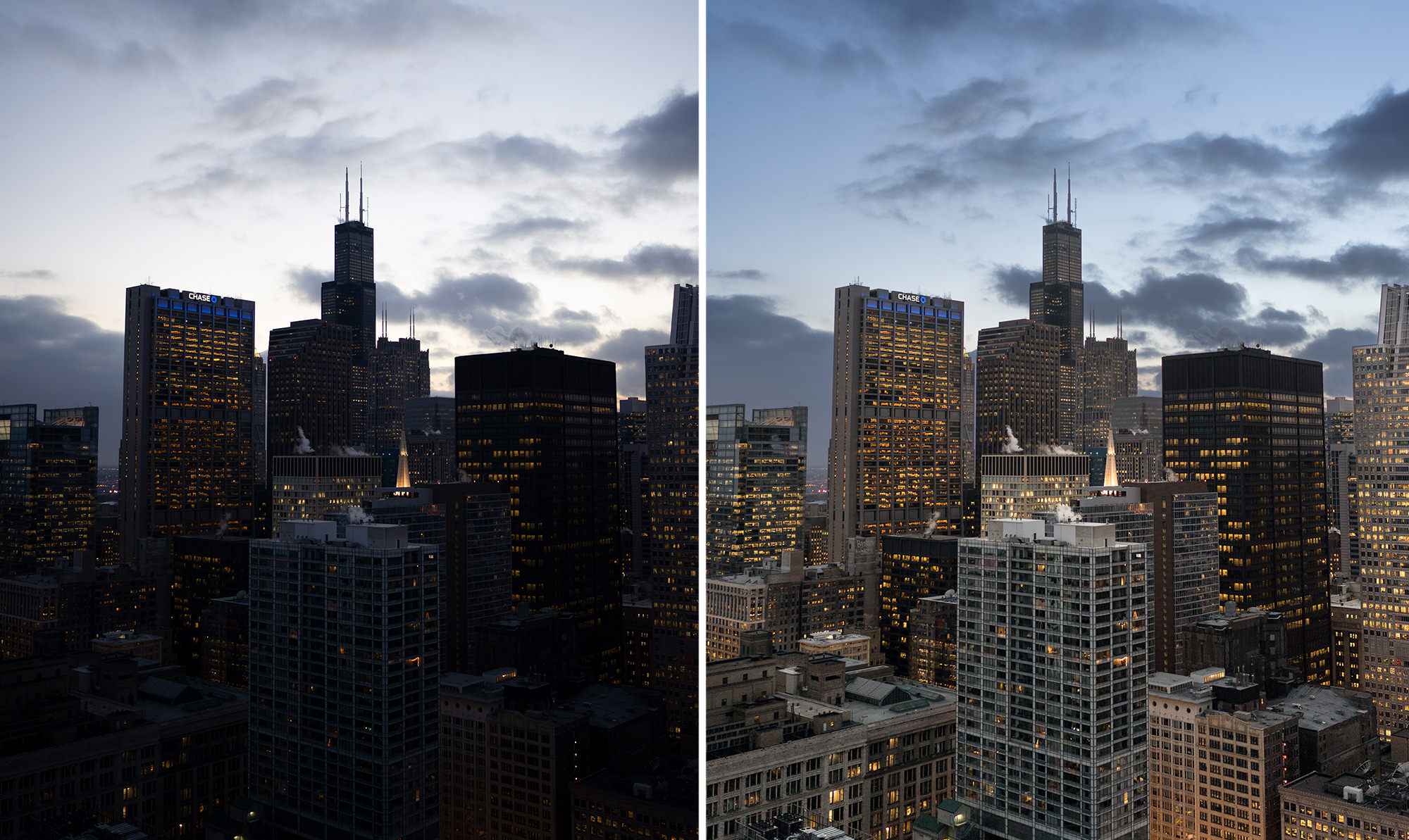
xmp file (sidecar) if you choose, with Affinity you embed or flatten those adjustments in. In Affinity you’ll work with the Develop Persona to create your RAW changes. DNG’s are proprietary in that they’re only designed to work in Adobe software, though just to confuse matters a little, a few camera brands have also adopted it. Neither of these options touch your original image and in the case of a DNG, Camera Raw will make a copy. The second way is to embed the changes into the photograph as a DNG (Digital Negative). xmp is an extra file that accompanies and describes your original, a text instruction detailing all of your changes. xmp document, where the changes are separate to the RAW photo, but associated with it. In ACR there are two ways to associate RAW changes you make to your photograph. ACR Vs Affinity Photo's Raw Processorīoth Adobe Camera Raw and Affinity Photo have proprietary file types associated with their RAW editing, but only ACR offers the option to store your changes in an open format. There are also presets or plugins that might only be available for AP or other programmes that you’d like to use on your image. There’s also the fact ACR saves changes as sidecar data, so it’s not only more flexible but it avoids the potential of corruption that can (though rarely) happen with directly applied changes.
Adobe adobe camera raw plus#
We're demonstrating with Affinity Photo, but you could use Photopea, Krita, or whatever your favourite imaging suite is.īut why would you want to do this? Personally, I think the editor of ACR offers a lot more than Affinity Photo, plus I prefer the interface and I find it easier to use. It’s possible to use both Adobe Camera Raw and other image editing programs together, with ACR for your raw-file changes and the alternative raster editor in place of Photoshop for any final, pixel-based edits and exports. While these formats are useful, you can’t get as much out of your editing process with them, so it’s important to do everything you wanted to do while in the RAW format before you rasterize your photo.

To share, print or edit the photo in a raster-editor like Photoshop or Affinity Photo it first needs to be made into a raster, or pixel-based format like JPEG or TIFF. When you edit your raw-file photographs, you’re re-interpreting the original recording and getting the most out of the information you’ve recorded.

Adobe adobe camera raw how to#
How to Export Photos From Adobe Camera Raw RAW Editing Versus Raster Editing, and Why You Need To Export

If you prefer the Adobe Camera Raw interface but want to use Affinity Photo or another imaging tool, then here’s how you can get the best of both worlds for your photographs.


 0 kommentar(er)
0 kommentar(er)
